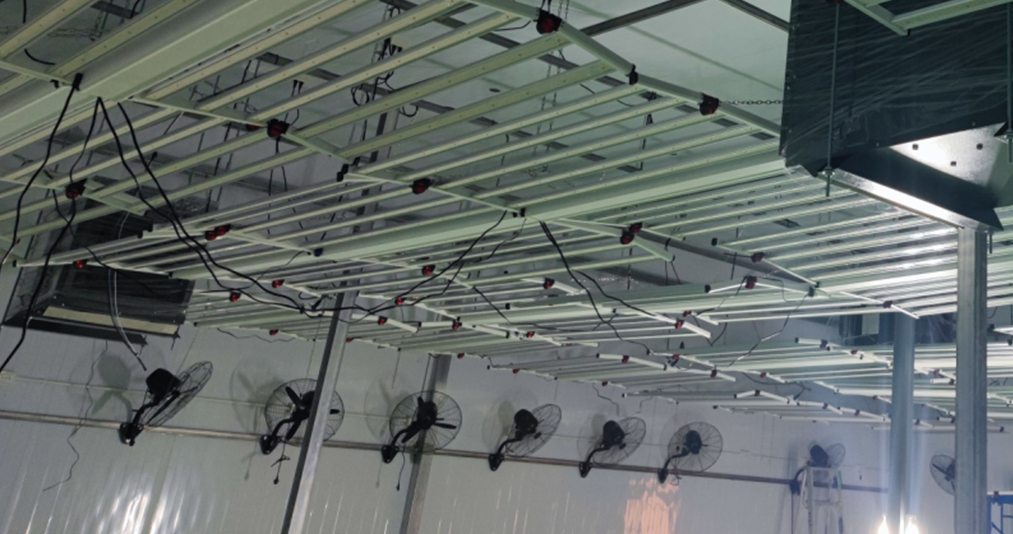LED light source agricultural lighting status
2021-09-26
Over the years, scholars at home and abroad have made unremitting exploration on the application of LED light source in the field of plant lighting and made important progress. Firstly, the effects of red and blue light and its combined light sources on plant growth and development were studied, which fully proved the feasibility of red and blue light as light source for plant cultivation. Tanaka et al. used LED for plant cultivation, and the results showed that when the duty cycle reached 25%-50%, plant growth could be accelerated. Compound photophors are more suitable for plant growth than single photophors. In China, the application effect of LED in seedling, vegetable cultivation and greenhouse lighting has also been studied and reported, and the energy saving effect is remarkable. LED has been successfully used in plant cultivation, and important progress has been made in plant light supplement, tissue culture, plant factory and aerospace fields.
Artificial lighting is one of the important means of environmental control in livestock and poultry breeding industry. Artificial light source used in the field of breeding is difficult to regulate the light quality according to the physiological requirements of livestock and poultry, which restricts the improvement of livestock production efficiency. The researchers significantly improved the growth and immunity of livestock and poultry through the use of appropriate LED lighting, and improved the productivity potential of livestock and poultry production. It shows that the application of LED in facility breeding industry is feasible and has a good application prospect. Liu Weidong et al studied the effects of red light and white light on the performance of AA commercial broilers under continuous light (23L∶1D) and intermittent light (1L∶3D), respectively. The results showed that intermittent light could increase the feed reward of broilers, while red light could increase the feed reward and growth rate of broilers. Under the combined effect of red light and intermittent light, broilers had the highest feed reward, larger body weight and the best economic benefit.
The study of agricultural biological photobiology is the basis of agricultural semiconductor lighting. As a new research field, it started late in the world, and there are still many scientific problems to be solved in the research and development of facility horticultural semiconductor lighting. In summary, one of the scientific questions is photobiology. The light quality here refers to the type of light quality that has effects on organisms, including visible light, UV and far-red light. (1) Biological function of light. The main research contents include the physiological metabolism, molecular biology and proteomics mechanism of the effects of single light quality and compound light quality on the growth and development, yield and quality of plants and edible fungi. (2) Photosynthetic adaptability and utilization differences among species and species; (3) Biological mechanism of interaction between light quality and other environmental factors; (4) Effective thresholds and reference values of quantitative attributes of facility biological light quality (such as compensation point, saturation point and light stress threshold). The second scientific problem is the biology of photostress. The response mechanism and agronomic significance of photosynthetic apparatus and metabolic system operating efficiency under monochrome and compound light, low light, high light and continuous light were studied.







